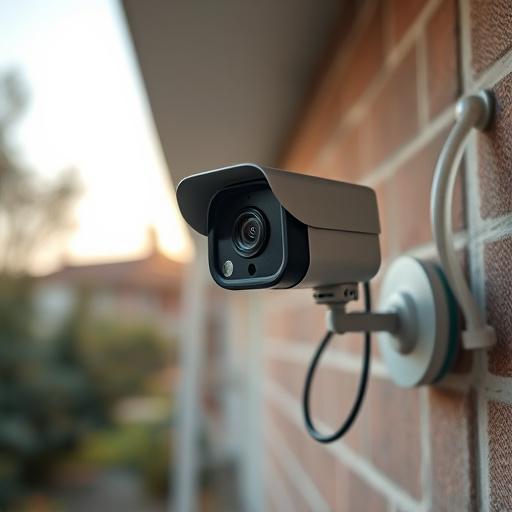Hidden cameras with audio have advanced significantly, offering discreet surveillance through everyday items like clocks or pen drives. They capture visual and auditory details using high-fidelity sound, low-light imaging, and motion detection. These devices are versatile for security, surveillance, journalism, and investigations, but their use raises legal and ethical concerns regarding privacy rights, with many countries having strict regulations. When choosing a hidden camera with audio, consider intended use, discretion, recording quality, budget, storage options, power sources, and wireless connectivity. The best models seamlessly blend technology and design for robust security solutions while navigating the delicate balance between security and individual freedoms.
Uncover the secrets of hidden camera technology with audio capabilities in this comprehensive guide. We explore how these discreet devices capture both visual and auditory data, offering enhanced security and surveillance solutions. From home users seeking peace of mind to businesses requiring detailed insights, a hidden camera with audio provides a powerful tool for monitoring environments without detection. This article delves into the tech, benefits, selection tips, legalities, and more.
Understanding Hidden Cameras with Audio: Unveiling the Technology
Hidden cameras with audio have evolved significantly, leveraging advanced technology to capture both visual and auditory details discreetly. At their core, these devices typically employ miniature cameras and microphones concealed within everyday objects like clocks, smoke detectors, or even pen drives. This stealthy design allows them to record activities without detection, making them valuable tools for security, surveillance, and even investigative journalism.
The technology behind these devices combines compact sensor systems with sophisticated signal processing algorithms. Audio components are designed to pick up clear, high-fidelity sound, while cameras often feature low-light performance and motion detection capabilities. Data captured by these sensors is then processed, compressed, and stored digitally, enabling easy retrieval and analysis later. This blend of stealth, functionality, and data processing power makes hidden cameras with audio versatile tools for a range of applications, from home security to professional investigations.
Applications and Benefits: From Home Security to Business Surveillance
A hidden camera with audio offers a range of applications and benefits, making it a versatile tool for various purposes. In terms of home security, this technology allows property owners to monitor their homes remotely, ensuring peace of mind by deterring potential intruders and providing evidence in case of any unauthorized entries. It can also be utilized for baby monitoring, offering parents a discreet way to keep an eye on their infants’ safety without disrupting their sleep or privacy.
For business surveillance, the hidden camera with audio is a game-changer. Retail stores, offices, and warehouses can benefit from this technology to prevent theft, protect valuable assets, and enhance overall security. The audio component enables businesses to gather crucial information, such as customer feedback or staff interactions, which can be invaluable for improvement strategies. This discreet surveillance method ensures that operations run smoothly while maintaining a sense of privacy for all involved parties.
Choosing the Right Hidden Camera System: Features and Considerations
When selecting a hidden camera with audio, consider your specific needs and environment. Modern systems offer a range of features such as high-resolution video, night vision, motion detection, and two-way audio – essential for surveillance and communication. The best system for you depends on factors like intended use (home, office, or outdoor), desired level of discretion, required recording quality, and budget.
Additionally, look into storage options: local memory cards or cloud storage for long-term recordings. Ensure the camera has a reliable power source to avoid unexpected shutdowns and consider wireless connectivity for easy remote access. A good hidden camera with audio combines advanced technology with discreet design to provide comprehensive security and surveillance solutions.
Legal and Ethical Implications: Navigating Privacy Concerns
The prevalence of hidden cameras with audio capabilities raises significant legal and ethical questions surrounding privacy rights. As technology advances, these devices become increasingly accessible, blurring the lines between security measures and invasive surveillance. The use of hidden cameras for personal or commercial gain can infringe upon an individual’s reasonable expectation of privacy, as defined by various legal frameworks worldwide. Many countries have stringent regulations in place to protect citizens from unauthorized monitoring, with laws specifically targeting covert recording without consent.
Ethically, the deployment of hidden cameras with audio invites scrutiny due to potential misuse and the invasion of personal space. These devices can capture intimate conversations, sensitive information, or private moments, leading to serious privacy breaches. It is essential for users to be transparent about their surveillance activities and obtain informed consent when monitoring individuals in public or private settings. Balancing security needs with individual freedoms remains a delicate task, especially with the advent of sophisticated hidden camera technology.
